The following short story was originally published in print by the University of Kansas lit journal, THE KIOSK. It was more recently given an online home at The Emerald Coast Storytellers.
This story is an ekphrastic piece inspired by the color woodblock print, Ghost of Kobata Johaiji (circa 1831) by Shunbaisai Hokuei.
Hazy Green
Shimmering, her black hairs absorbed fragments of dim light from inside the closed room. The single-roomed abode was locked securely when her lover fled away a few mornings before. All the light inside the room entered through a single window as it pierced through a green honeycombed drapery, leaving nearly everything shaded in a mild emerald hue.
Under the light, near the center of the room, sat a small table with chairs scattered around it. The table stood crookedly, leaning on a broken leg. The inside walls were wooden and bare. As the outside breeze blew in the window, striking the drapes, blades of light broke through in abstract angles, revealing each wooden panel’s unique intricacies, as if the walls had secrets and stories trapped inside them, in the swirls of browns and black. Cold air from outside filled the room.
The woman sat on the floor with both feet pressed down and her legs folded awkwardly into her chest. As she rocked, she breathed heavily, trying to absorb the air.
For days she faced the center of the room with sagging eyes—waiting. The young Japanese widow waited in her dark quarters hoping his ghost would soon vanish before her consciousness would lose itself inside the shadowed walls of her hexed dwelling.
Her vision was already beginning to obscure as her eyes leaped from one wall to another, from one jagged shadow to the next. The crooked table began to take on anthropomorphic form. She would gaze at it, watch it swell, then blink, cleansing her eyes, and it would metamorphose into her table again. The edges of her room started to expand outward, while various shadows tilted, then leaned inward, as if she were standing in a jungle at night and peering into the distance through trees and leaves and verdant mists.
Since Kohada’s death, his presence surrounded his wife in a bodiless form. She sensed him watching her mildest movements, from a sharp twitch of a toe to a fidgety change in total posture, watching her fears hover over her like floating dust mites.
Had she been born with a more innate spiritual awareness, she might have located his low blue flicker in the far corner of the room, just under the ceiling, hovering. Instead, she couldn’t see a thing except for the room’s hazy green.
She could only hear him crawling and whispering and lingering. She knew that he chose her to be aware of his presence, to hear him stir around her. She knew he needed her to understand. Every few moments he would condense down into the floorboards, glide to her, gather inside her ears, and whisper a single word like betrayed or broken or shattered.
For five nights she sat alone, guarded within a flaccid green cube of hanging satin sheets that rocked to her unsteady breath, with her pale fingers wrenched around her scroll’s top and bottom. Chanting. And hearing.
Every hour, she chanted aloud in a trembling din, Namu Amida Butsu, dreaming her murdered husband would soon find solace in the Pure Land of the Amida Buddha.
The holy scriptures told: after death, an individual’s soul would find peace living in the Buddha’s Xanadu if he offered all his faith and awareness as a gift of fidelity while manifested on earth. She knew her husband worshipped the Buddha faithfully, for they gave alms together morning and night, every day since they were first married.
She had known Kohada since they were children. They lived in the same village all their lives. His parents owned a kiosk that neighbored her family’s booth at the outdoor market in the center of town—twenty or thirty of them were packed together off the side of the town’s main road.
His family sold vegetables and fruits; hers, pottery, and crafted utensils. She remembered how they played together in the dirt and rocks along the side of the path as their parents sold to, and traded with, other townspeople. She remembered how they drew pictures of each other’s faces with twigs in the dirt.
Sometimes he laughed at her pictures and tried to mimic them. She laughed at his mockery. Once Kohada reached the age of fifteen, they were married on that road. She was just twelve.
Now she couldn’t stop visions from arising: flashes of them standing together, facing each other, making vows, touching hands, and then lips. She remembered Kohada’s face and how it changed after their marriage, after he found his focus. It became so serious and motionless. He never smiled or laughed or cried, but instead glared emptily. Rarely would he speak or use bodily gestures.
Even after his father died his face was blank. When his mother chose to leave the village to live with her sister, he bid her farewell by reaching his arm out and touching her shoulder. He said nothing. He watched her walk into the distant woods with a basket of clothes in her arms. Then he turned and walked home, saying nothing to his wife.
She remembered crying for him, but he didn’t seem to notice her tears. She remembered standing near him, trying to embrace him, but he just turned away. He uttered, This is not reality. When she said she loved him, he replied, Yes, I know.
She could see him kneeling with his back straight, his hands just above his knees, looking into the void of the room. He’d sit for hours like that and stare into nothingness, without blinking. Sometimes, she kneeled next to him to try to see what his reality looked like. Sometimes she just cried and walked by herself outside along the wooded paths. She eventually understood he would always be a distant man.
During these long nights, since her lover left her, her mind painted lucid pictures of her lover slicing into the middle of Kohada’s neck, tugging him to the edge of the lonesome village and draining his blood into the water-filled hollow.
It was at a time when late night and early morning fuse. She could picture how her lover dragged Kohada’s body along the back of the village, behind all the living quarters, where nobody could see him. He must have pulled him through trees and grass, in and out of the brush, along the dark green shrubs.
She pictured Kohada glaring into the pure black sky as his lungs failed. What did he see next?—his head hanging loosely from his neck as it bounced off lumps of earth. She imagined her lover walked backward, lugging Kohada through slow early winds. On the way back to her, he must have kicked dirt over his path, covering the trail of blood.
Days ago, as she lay naked behind her satin sheets, the widow welcomed back her lover. Their eyes met. He approached her gently and they grappled on the padded floor, lusting, until early dawn. When they separated, he lay face up as she curled onto her side facing away, both flushed in their cheeks and chest.
She ossified into motionless repose, like a granite statue as he lay thinking about the earlier sin he had committed. Thinking what he had done to be with this woman.
His brain contracted, like a clenched fist shaken at another. He started to sweat out everything.
Every vein pounded out what was before corked by blind love and lust.
Was it worth it? Would she love him forever? Or would she eventually tire of his arms around her waist, his hands spread out flat across her back, his fingers caressing her skin that molded so silkily into her spine? Could he continue to love her after realizing how dark she could be?
Was Kohada deserving of death?
He thought about when he first saw Kohada with her. They were in town, carrying baskets of food and clothes back to their home. Kohada wore an expressionless face. Her face looked like a child’s with tender lips and polished skin. He had wanted to take hold of her, to love her unlike Kohada could, in a genuine, passionate way.
Then he thought about when he drew the blade back, and swung, slicing in—how Kohada’s mouth pruned up, wrinkling; shaking. Kohada’s expression had finally come alive. His eyes widened and body convulsed as the blade ripped across his throat.
The last sound was his breath whistling as it glided out the opening. He recalled his own body trembling as he watched Kohada’s life dissolve.
He was losing equilibrium. His thoughts jumbled together. His shortness of breath became harsh and intolerable. Nerves were moving beneath his skin. Before he would be taken away—and he knew he would be taken—he had to do something holy to repent.
He looked at her sleeping, so silent and gentle. And for a moment, his heart calmed. Looking down at her, he knew Kohada hadn’t loved her the way she needed him to. She still loved Kohada, but in a false way, only because she felt obligated. When she first talked about the killing she hesitated, then wept.
But he is my husband. I should try harder to make him love me—he is too young to die.
He loved her for months, since they first spent time together, on her floor while Kohada was away seeking detachment. He could not stop thinking about being with her. That’s when he said he would kill for her.
Now, looking down at her, he had to leave. Every time he rested his fingers under her chin and looked into her eyes, Kohada’s face would reflect off her damp lenses. Every time he looked through her empty room, he could see Kohada kneeling and staring back at him.
He’d see his lips prune up and quiver again; Kohada’s fingers would wrap around the muscles of his arm, then weaken and release. He couldn’t tolerate the memories of this killing. But mostly, he couldn’t stand reliving the moment Kohada’s face came alive under his blade.
That morning, he left her before she awoke. The door to her home was cracked open with an overcast morning flooding inside. As he walked towards the woods in a direction he had never before traveled, he thought about how cool the knife’s blade must have felt when pressed against Kohada’s neck. How it must have felt against his throat just before it split skin.
As he walked on, stepping on yellow grass, kicking dust and rocks into the air, he looked down at the earth below his feet and wondered how many human bodies had been laid down within it.
St. Paddy’s Day in Newport, RI
Sometimes, in certain cities, St. Patrick’s Day is like Mardi Gras in New Orleans.
Well, not exactly.
But one thing is for sure: They take St. Patrick’s Day very seriously in Newport, Rhode Island. We were there for the celebration, visiting family for Spring Break, and I snapped some photos.
A parade is possibly the easiest place to practice street photography. Everyone is on display, and in a state of elevated joy. In this case, lots of high fives, lots of bagpipes and lots of Guinness.
Sometimes green is best delivered through the lens of black and white—

Paint Names & Dream Jobs
When my younger sister was wee little, my parents and I asked her what she wanted to be when she grew up.
Her answer:
A deer feeder.
So innocent to dream one could be employed as a real-life Snow White.
But her idea did stem from something real. My uncle shared acreage with us. Outside his home, he placed salt cubes on concrete birdbaths. And, O, how the deer feasted off those cubes with their tongues.
Over the years, I’ve pondered my own prospective dream job. What would I do if I could do absolutely anything? A real or imagined profession, it doesn’t matter. Dream up a dream, why not?
Well, for me—a Sagittarius male, born in the year of the Dragon—I gotta be something!
I choose:
A paint color namer.
In the theme of green, I’ve hunted down some great shades by Farrow & Ball.
When someone walks into my dining room and tells me they love the accent wall, I am the one eager to say, “Oh, that color is called Monkey Puzzle. Did you know it is actually a shade of green?
Yes, yes, and the door right there, heading to our garden out back, that’s painted Danish Lawn, to prepare you for the color of our grass.”
Well, I don’t say that exactly, but it’s what I think. Because as silly as it is, some people do that kind of thing. It all stems back to the Great Paint Plague of 1997.
It’s hard to get over stuff like that.
Before I leave you, I better show off my skill. I am going to scan my “Hazy Green” story and grab some catch phrases from it to curate some new paint color names, all in green. Here goes:
mild emerald hue green
honeycombed green
jagged shadow green
jungle night green
trees & leaves green
verdant mist green
spiritual awareness green
hazy green (of course)
low-blue flicker green
flaccid green
lonesome village green
dark shrub green
yellow grass green
If we were opening a real hipster paint company, we could get edgy with it:
inside the closed room green
his ghost her consciousness green
everything shaded green
abstract angles green
her dark quarters green
bodiless form green
her mildest movement green
gift of fidelity green
this is not reality green
water-filled hollow green
killer green
kohada green
her lover killed kohada and left her feeling green
Weekly Word—
viridescent
adjective
vir·i·des·cent ˌvir-ə-ˈde-sᵊnt
: slightly green : GREENISH
Etymology
Latin viridis green
⬆️Thank you Merriam-Webster.
Would you like to have the same dream job as me? It’s ok, I don’t blame you. There’s enough to go around, especially if Sherwin Williams has their way with it—they want to cover the earth (WTH!!). They want to turn the 🌍 into🟢 or 🔴 or ⚫. That’s a lot of f@#*ing paint!!
Seriously, though, I would love to hear some paint colors you have named. Please post them in the comments.





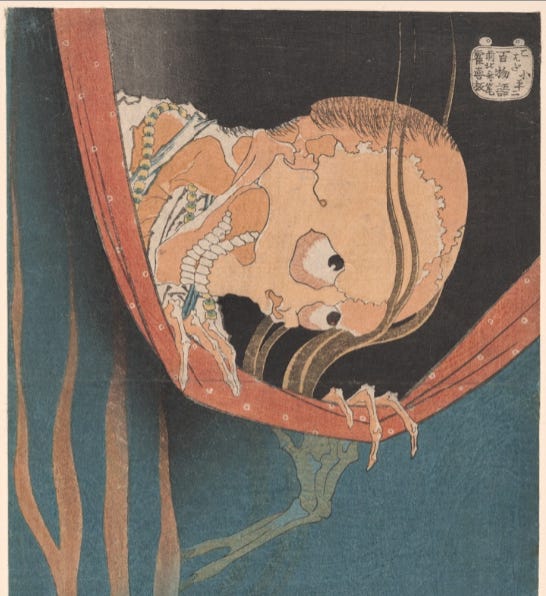




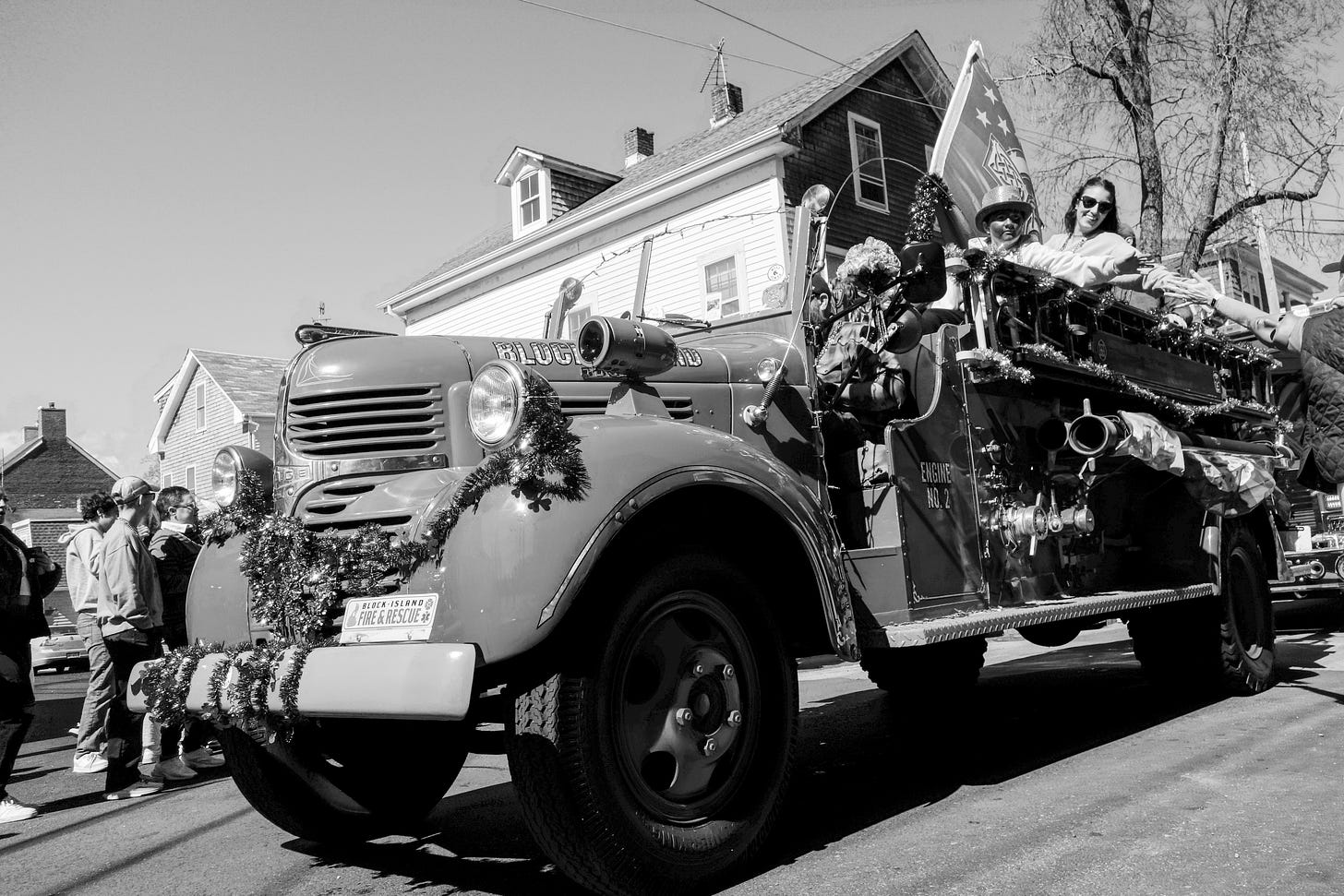
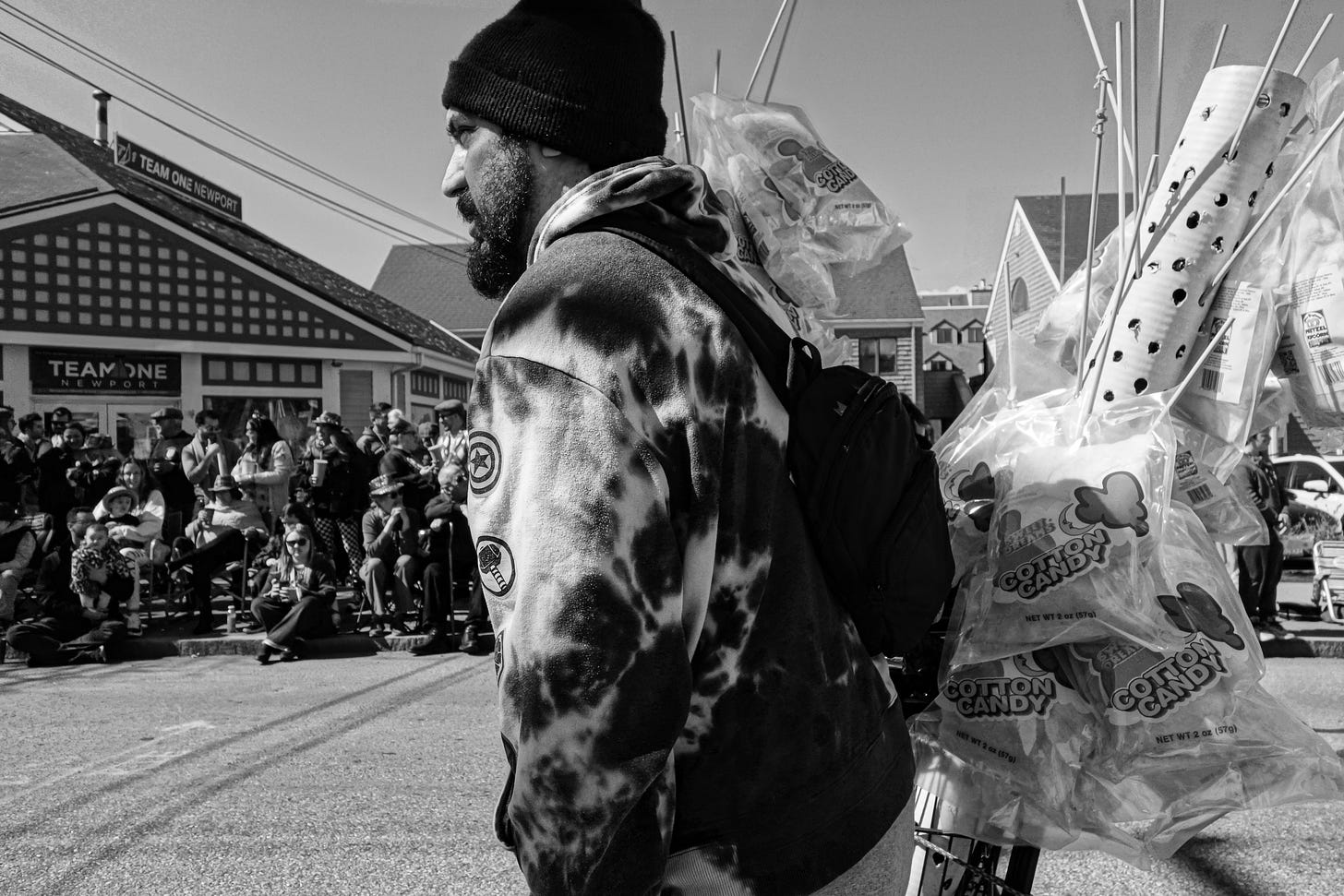
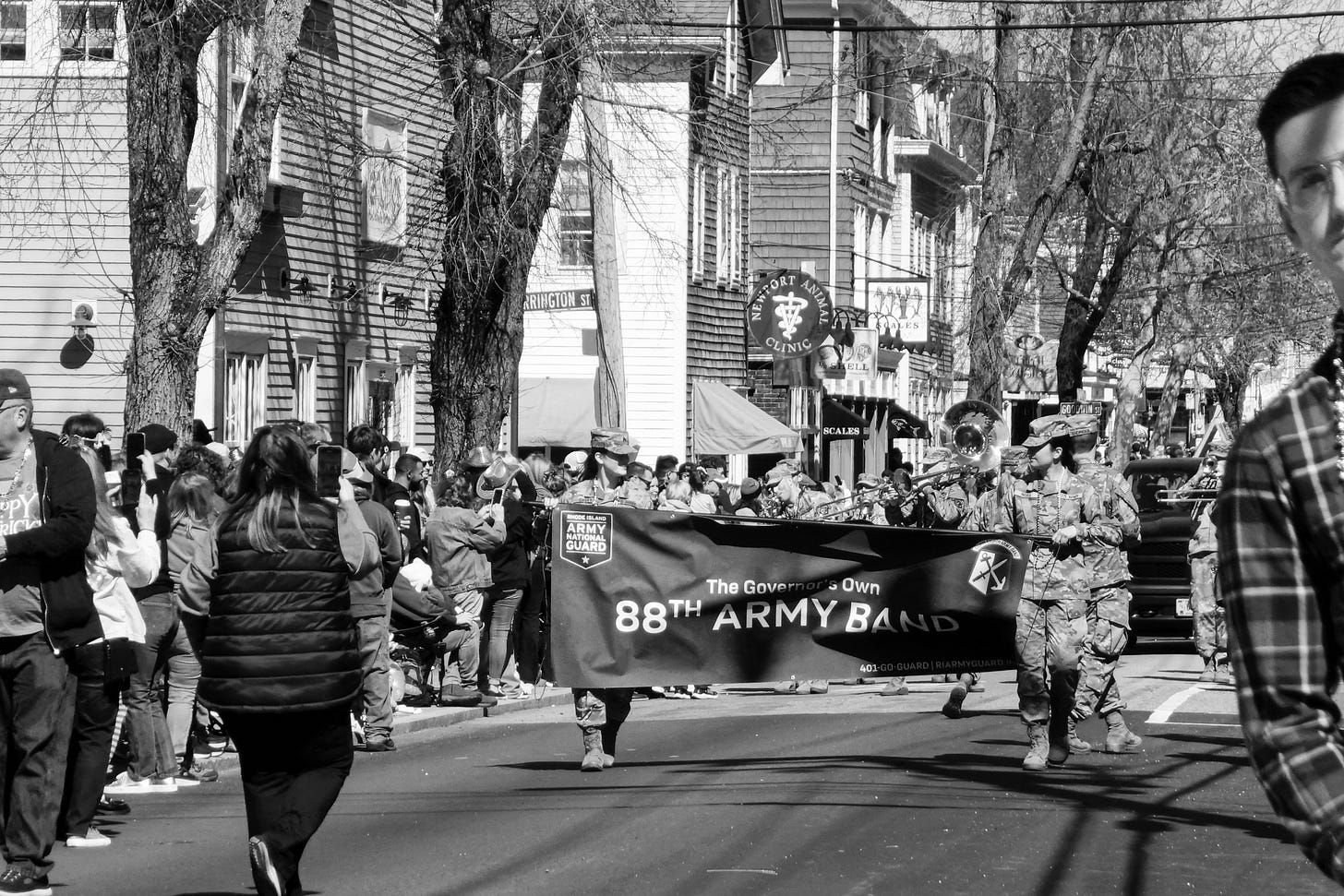
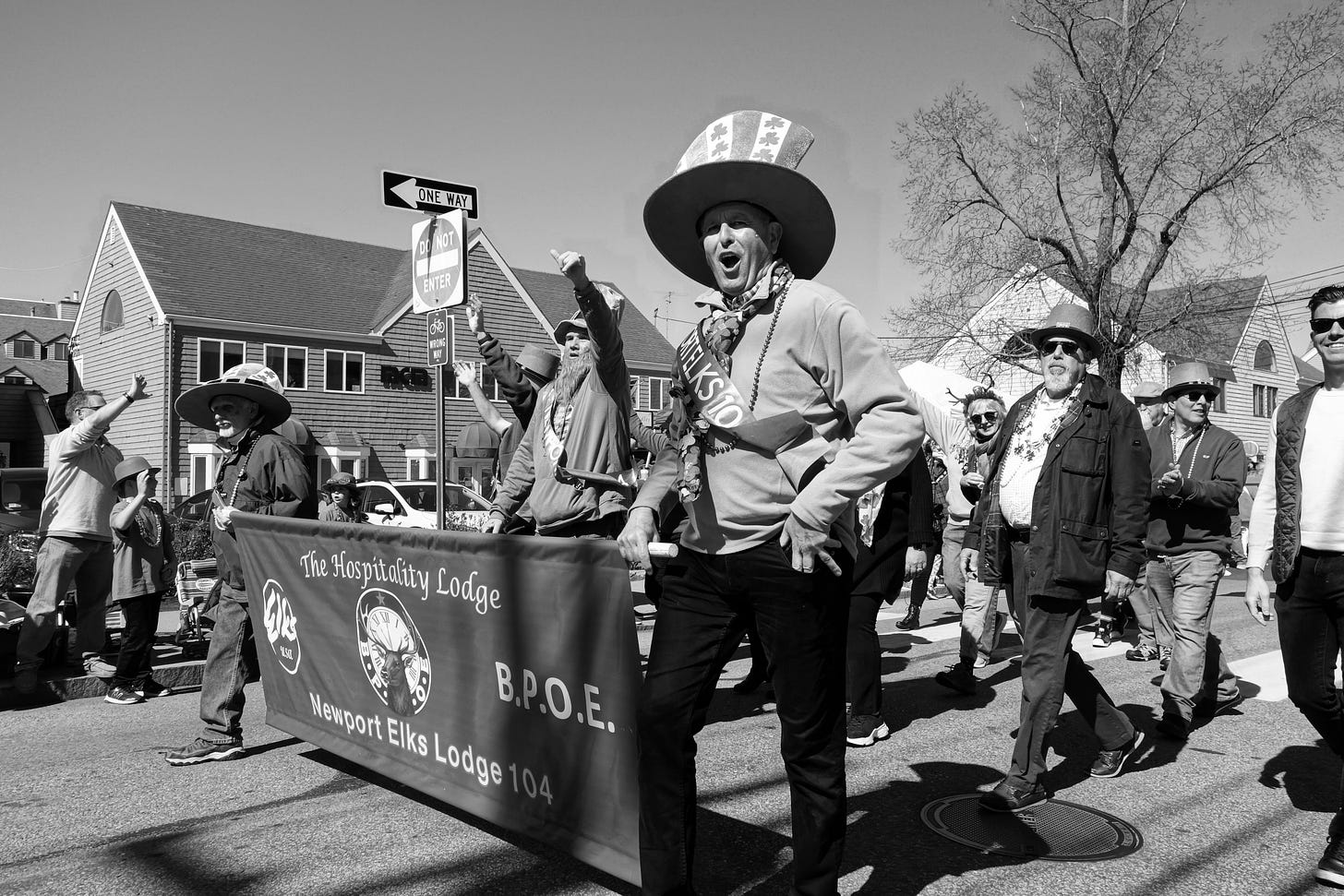
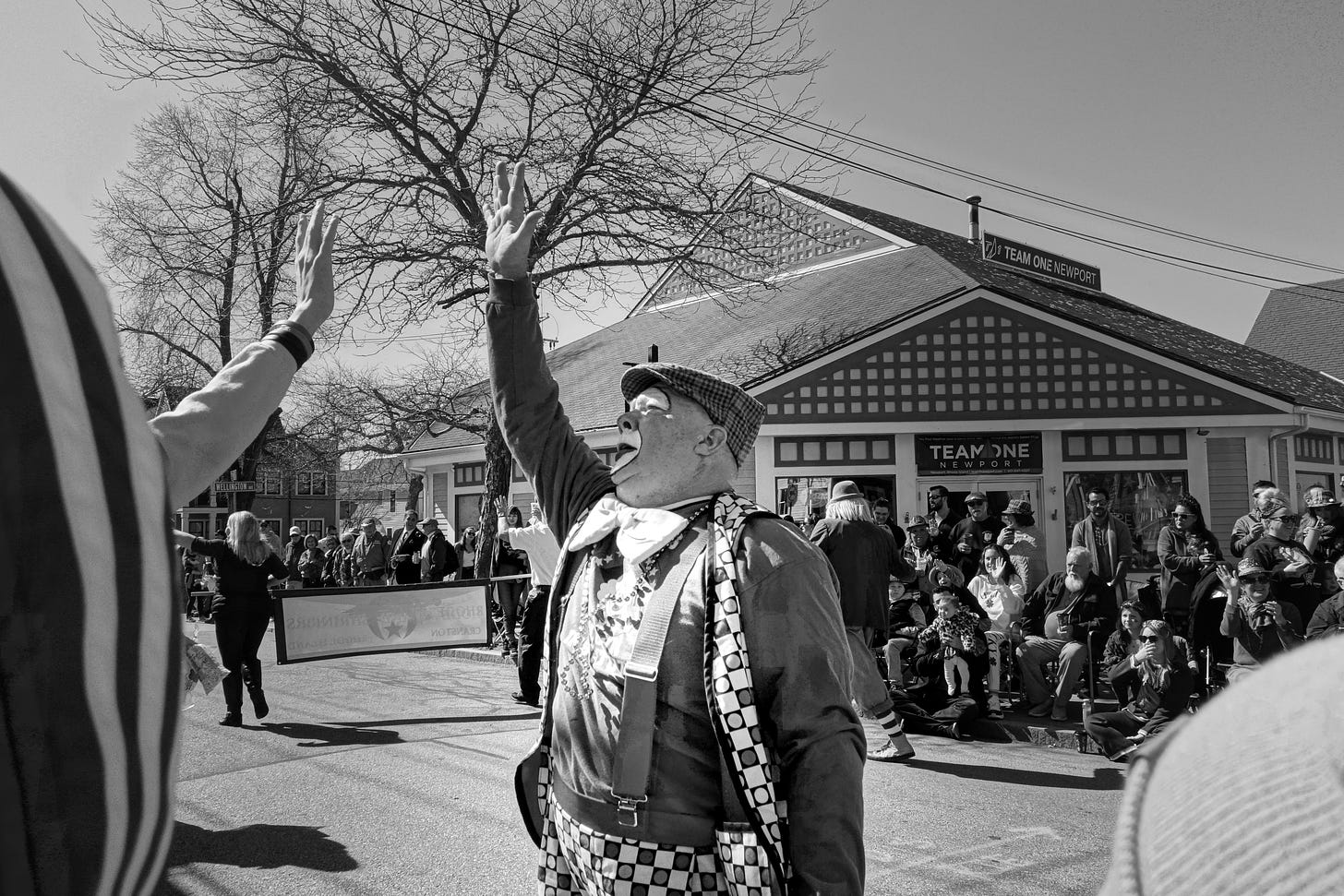

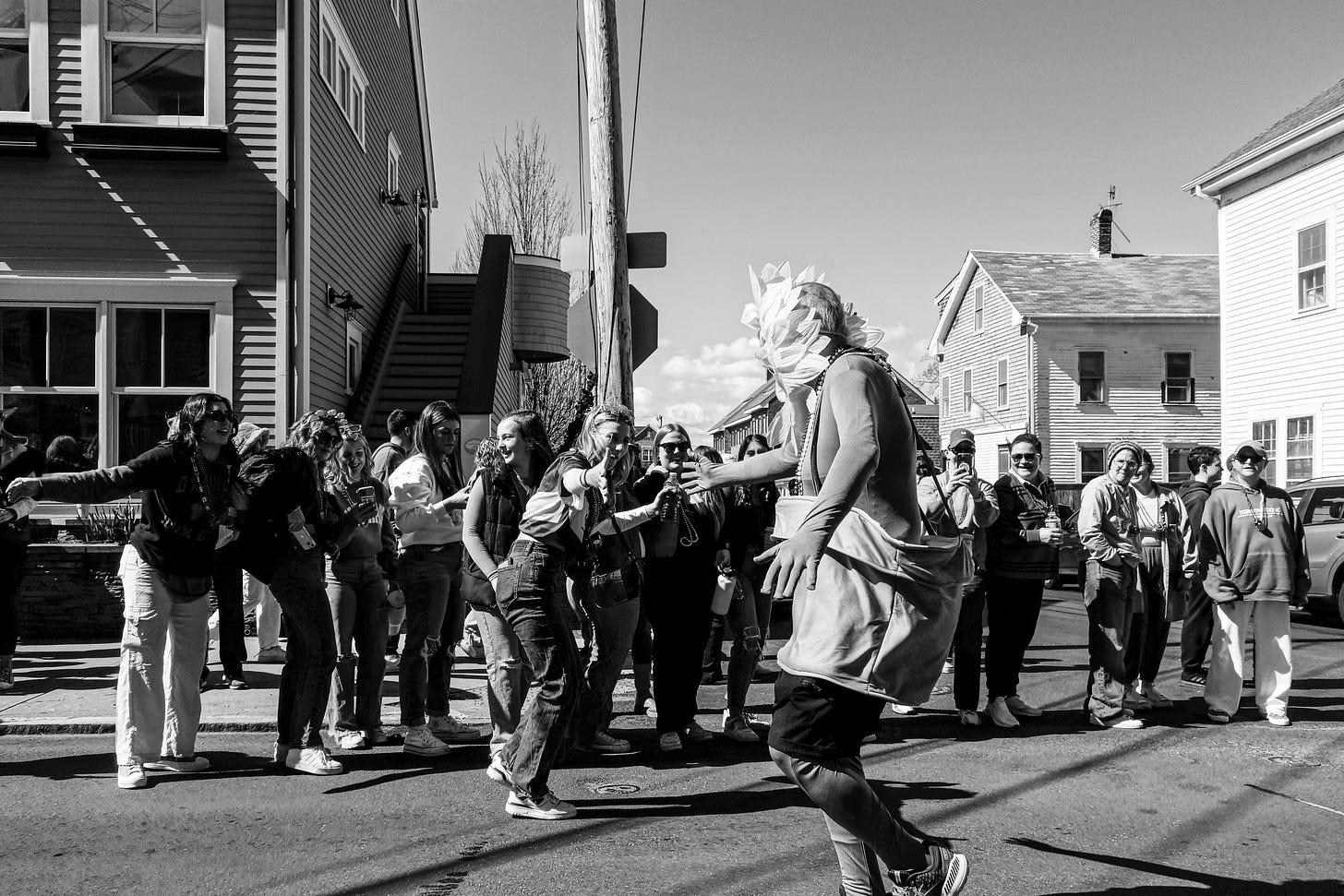
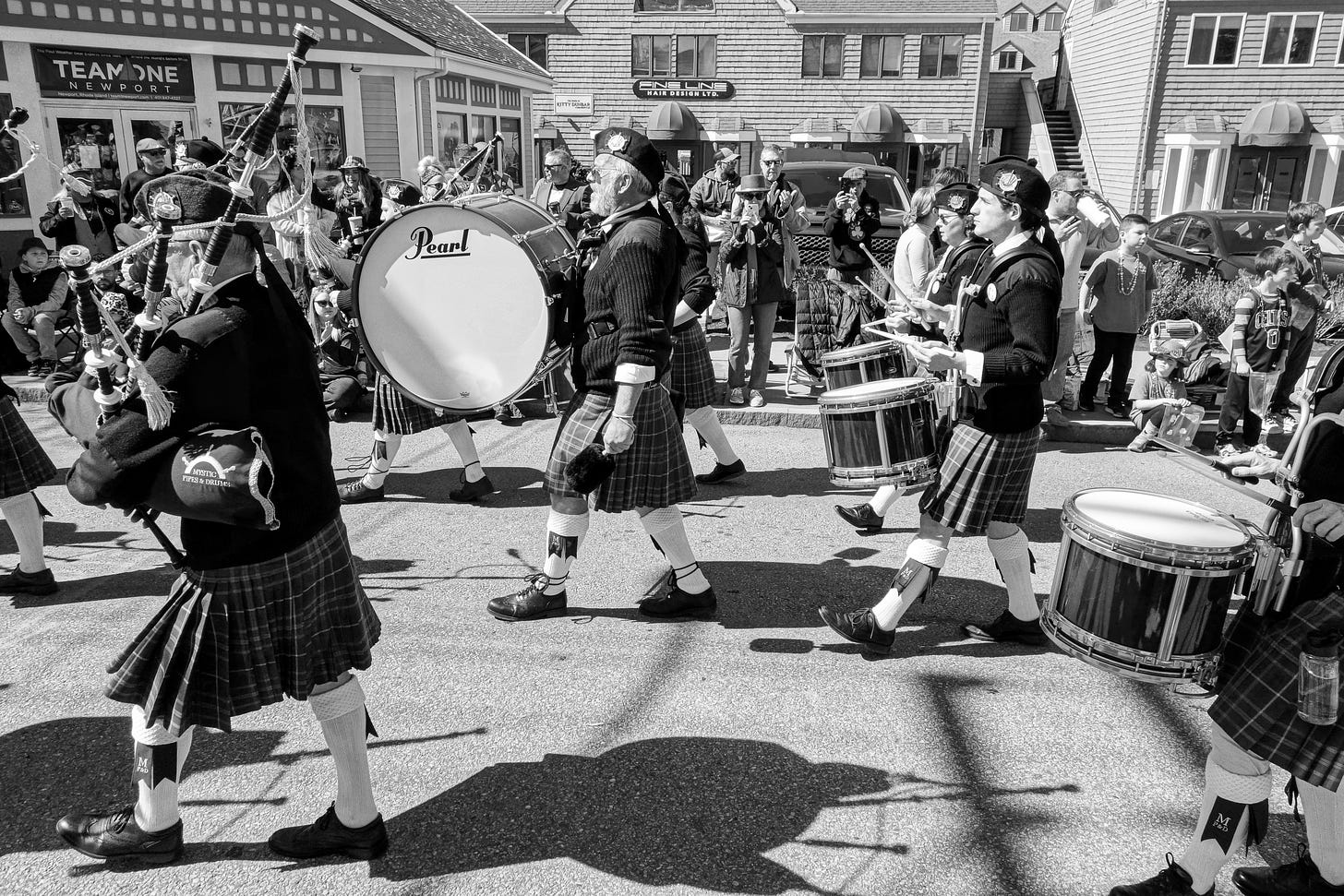
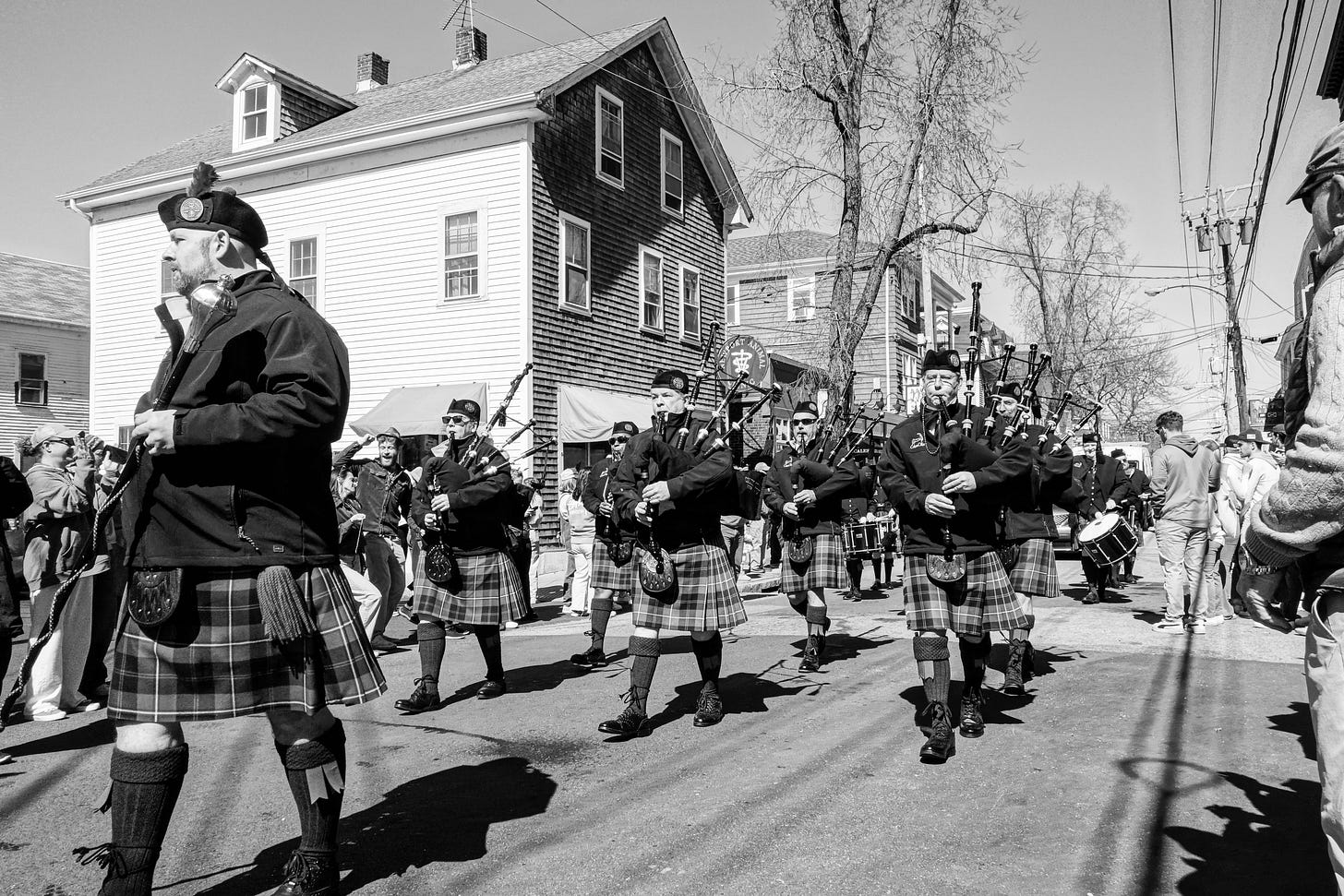

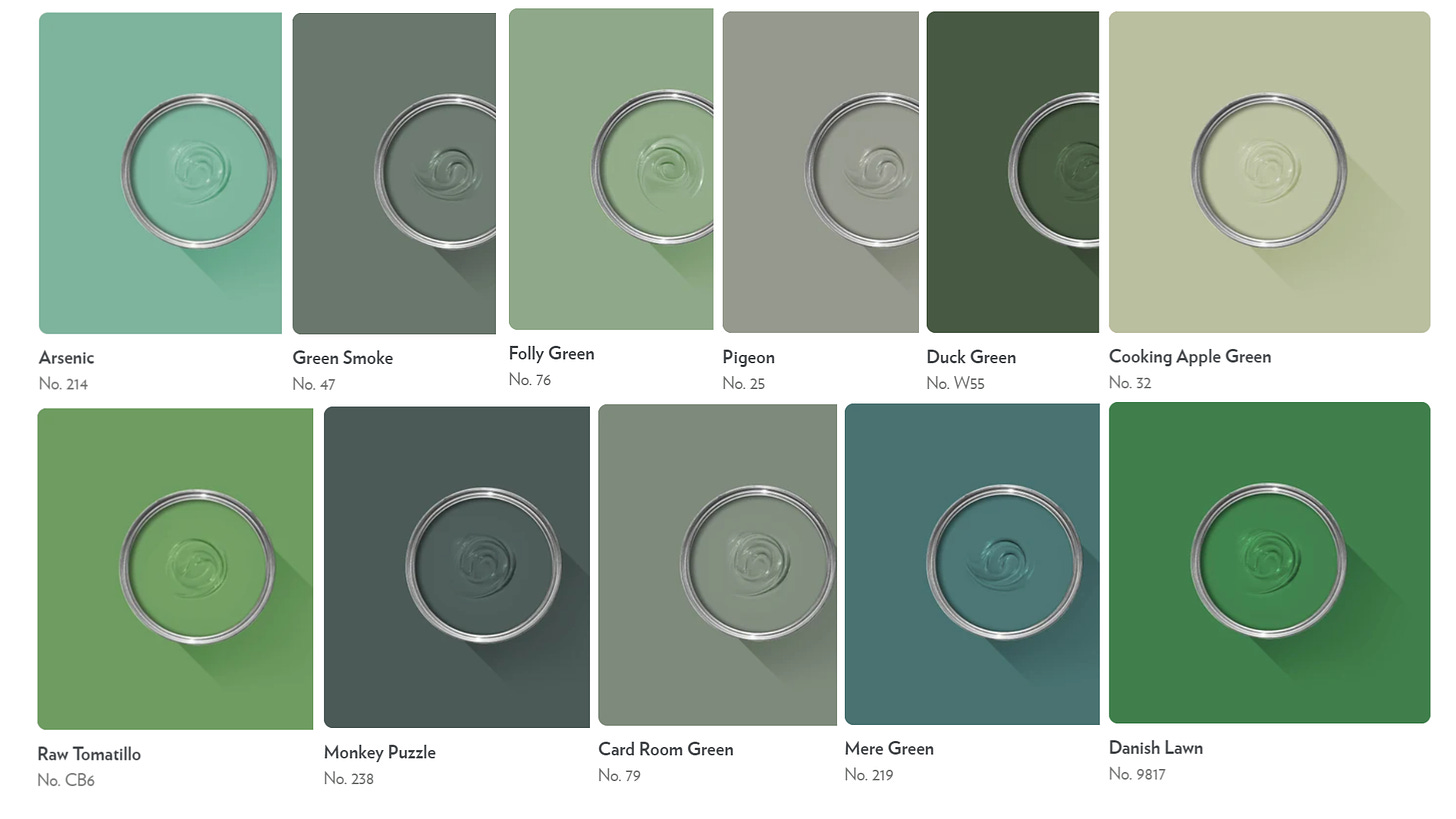


Great photos!